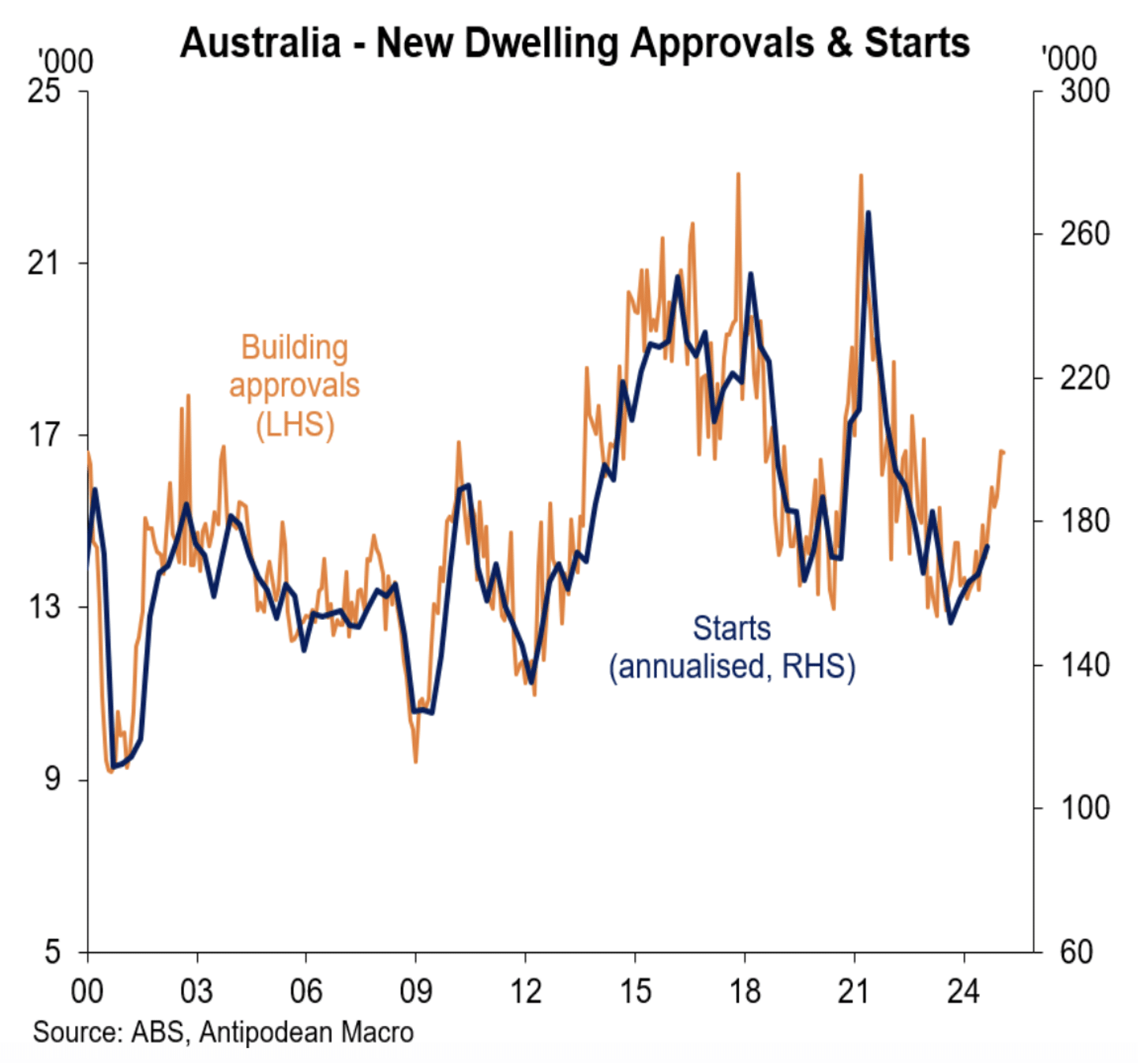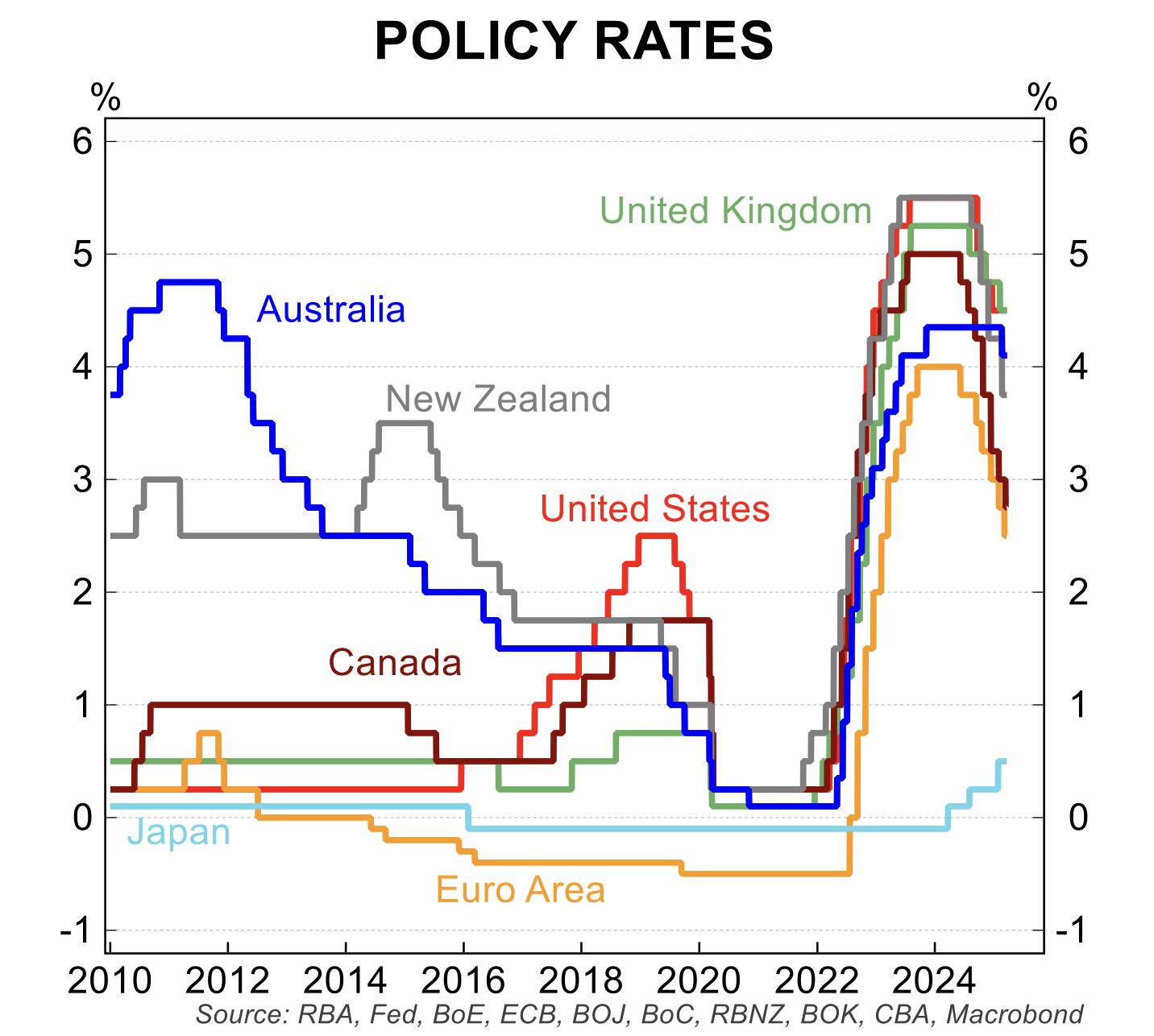In the ever-evolving landscape of investments, the concept of diversifying portfolios has become synonymous with the pursuit of financial resilience. Traditionally, investors have relied on the classic combination of equities and bonds to achieve this diversification, aiming to balance risk and returns. However, since about late 2022, more equities and bonds are experiencing a positive correlation, with their returns tending to rise and fall together. To many, this side-by-side movement counteracted long-standing thinking that bonds move against equities, offsetting volatility. As such, traditional blended asset allocations designed to cushion short-term volatility may have become obsolete.
Against this backdrop, alternative investments have emerged as a beacon of diversification hope, offering a strategic approach to spreading risk across a portfolio whilst defending returns and preserving capital.
While some investors still perceive alternative investments as complex and opaque, the reality is that they present a valuable opportunity to enhance risk-return metrics for specific portfolios.
Many investors are yet to fully grasp the benefits that alternative strategies bring to the table. This article seeks to demystify the world of alternative investments, shedding light on their potential advantages and the role they play in contributing to achieving a more diversified investment portfolio.

Here's why alternative investments matter in diversifying your portfolio
Lower correlation: Alternative investments often have a low or negative correlation with traditional assets like equities and bonds. This means that when equities and bonds are down, alternative investments may hold their value or even increase, providing a buffer against overall portfolio losses.
Unique income streams: Alternative investments can offer access to income streams that are not typically available through traditional asset classes. This can help provide a defensive layer to specific investment portfolios, and improve the overall risk-adjusted returns.
Access to diverse assets and opportunities: Alternative investments encompass a wide range of strategies and asset classes, including private credit (or private debt), hedge funds, collectibles and commodities. The diverse range and broad selection allows investors to tailor their portfolio to their specific risk tolerance and investment goals.
Addressing common misconceptions
While some investors shy away from alternative investments due to perceived complexity or lack of transparency, these concerns are often related more to the lack of understanding of alternative assets and the diversification benefits they can provide. Many alternative investment opportunities have become more widely accepted, available to, and sought after by investors looking for income and portfolio diversification beyond traditional assets.
Exploring alternative investment options

One example of an alternative investment asset class is private debt, also referred to as private credit. Private debt generally involves utilising capital from high-net-worth individuals, family offices or even businesses that hold cash reserves, to lend out to borrowers. Private debt tends to differ from traditional loans in that they typically have higher interest rates, and will generally be offered for only short to medium term loans.
Private lenders are typically not bound by the same strict lending criteria as traditional banks and have the ability to assess loans on more flexible criteria. Borrowers with requirements or situations that fall outside of conventional lenders’ strict lending policies may seek out this avenue of financing.
Private debt has been around for a long time but it is only in the last decade or so that it has gained traction as an alternative investment for a wider range of investors as well as providing an attractive, flexible and viable alternative source of capital for quality borrowers beyond traditional banking institutions. This dynamic sector has witnessed remarkable growth, presenting investors with a unique avenue to diversify their portfolios whilst earning regular, predictable and risk-adjusted income uncorrelated to market volatility.
Commercial real estate debt (CRED) to defend returns
As the investment landscape continues to evolve, astute investors are increasingly exploring alternative avenues for diversification, capital preservation and potentially higher, non-correlated returns. Among the various alternative investment options available, commercial real estate debt (CRED) has gained significant traction for its unique characteristics that provide investors to achieve such portfolio objectives.
Commercial Real Estate Debt (CRED) are loans made to commercial borrowers who require funding for real estate purposes and can cover both investment and development requirements.
Loans may be used to purchase improved, developable or vacant land, or for property buildings, both completed and under construction. The land or real estate property is used as mortgage security for the loan.
A CRED investment generates determinable income from borrowers paying fees and regular interest payments on the loan. The income stream is generally predictable because the loan interest and fees are agreed upfront, so this “fixed income” is known for the duration of the loan term.
CRED is an asset class that offers compelling benefits for income-focussed investors. It has a range of unique characteristics that can help investors reap the benefits of capital security, regular, predictable and stable income and portfolio diversification.
Read our blog, 'Maximising potential: Why alternative investing in CRED makes sense' to find out more on some of the benefits of alternative investing via CRED.
It's important to note that alternative investments, as with any investment, are not without risks.
Investors must determine their risk appetite; generally, higher risk is associated with the potential for higher returns but also with a greater risk of capital loss, while lower risk typically corresponds to lower returns. Each investor should conduct their own risk-return analysis to decide which investment option, whether traditional or alternative, best suits their specific needs.
Additionally, market fluctuations, liquidity concerns, regulatory changes, and specific risks related to each investment type should be carefully evaluated. Thorough due diligence, expert guidance, and a comprehensive understanding of the investment are essential for managing these risks effectively.
Zagga does not provide you with personal advice that any investment you make will be suitable for your personal circumstances or that the investment will meet your investment objectives.




